04 Oct 2017 – 13:11

By The Peninsula / SC
Doha: Second biggest Qatar World Cup 2022 stadiums, Al Bayt Stadium, is fast taking shape and is expected to be completed by end of 2018.
Supreme Committee for Delivery and Legacy had tweeted a picture of the stadium and it showed that the construction is in full swing and it is right on schedule.
The design of Al Bayt Stadium – Al Khor City is an entirely Qatari concept, reflecting the country’s proud history and culture.
Al Bayt Stadium – Al Khor City will be a striking sight for any football fan or traveller. Inspired by the bayt al sha’ar of nomadic peoples who have etched a living from Qatar’s deserts for millennia, its magnificent tent structure envelopes an ultra-modern football stadium, welcoming visitors into comfort as has been the tradition in this part of the world for centuries.
Traditionally, the tents of nomadic tribes and families in Qatar could be identified by black stripes like those on the arena’s distinctive exterior, and by the vibrant sadu patterns that will greet fans once inside the stadium. Visitors to Qatar will get a taste of traditional design from the region, while local fans will be reminded of their proud heritage.
The 60,000-seat arena has a modular design, which includes an upper tier of removable seats.

Its modular construction will mean that the top tier of seats (almost half of the 60,000 capacity) can be removed after World Cup and donated to developing nations across the world.
Reducing the capacity of the arena will also benefit the local community in Al Khor. Not only will a new capacity of nearly 32,000 be more suitable for post-FIFA World Cup events, but it will create space for facilities that will attract visitors to this coastal community.
After the tournament has been won and lost, the upper concourse of the stadium will be converted into a hotel. A shopping centre will also be incorporated into the structure. A branch of Aspetar, the leading sports medicine facility, will also find a home there – drawing in athletes from around the globe.
The stadium’s healthy living legacy will continue outside its tent-like walls. As well as tracks for running, cycling and horse riding, there will be parks and play areas where families can simply enjoy some outdoor space.










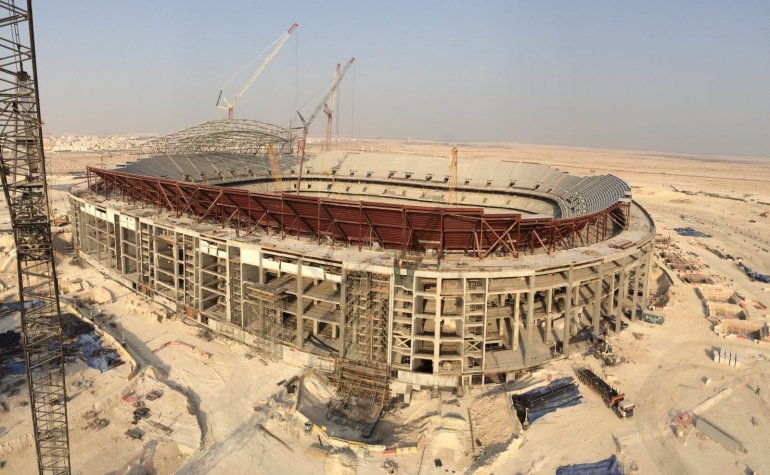


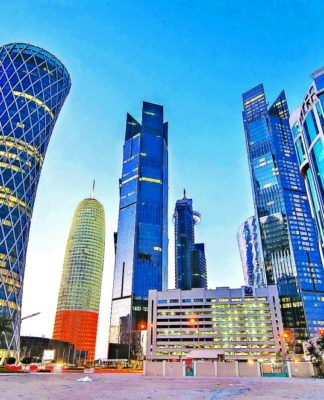

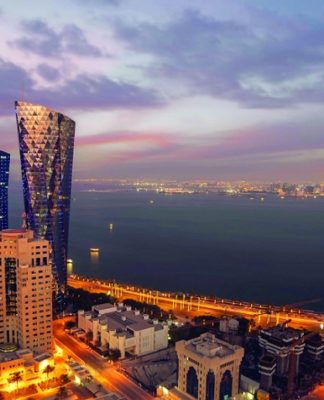




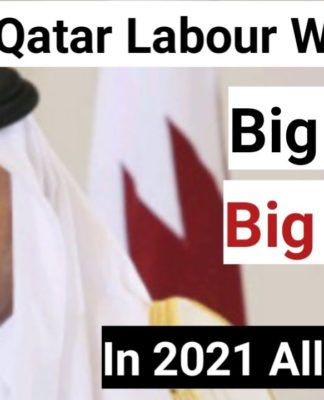

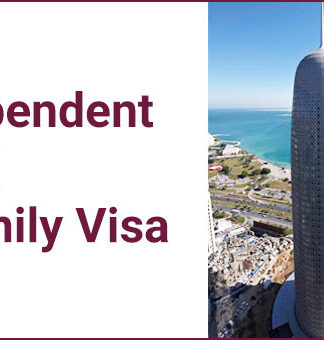


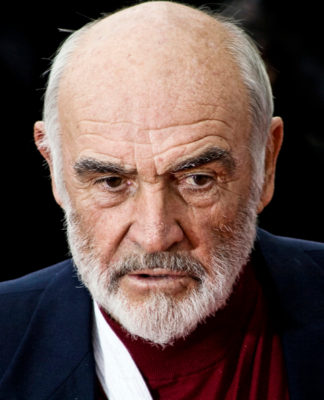
![How to get a Qatar Family Residence Visa? [ Updated ]2022](https://welcomeqatar.com/wp-content/uploads/2022/04/maxresdefault-2-324x400.jpg)